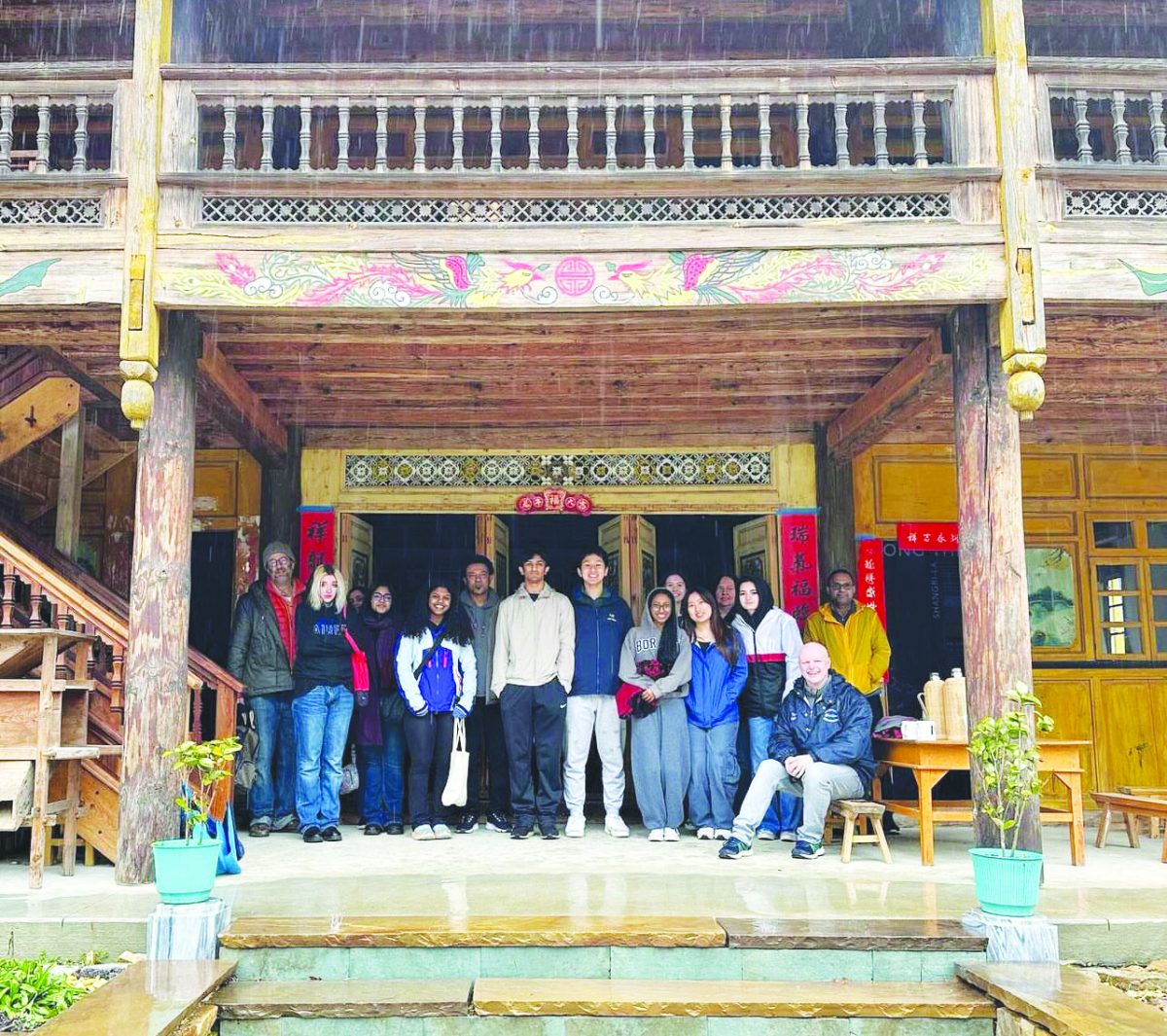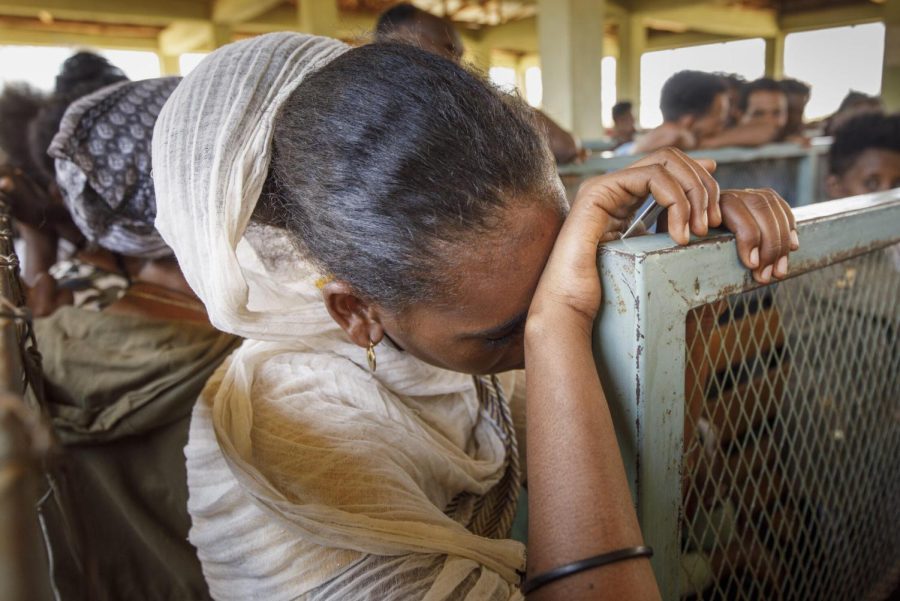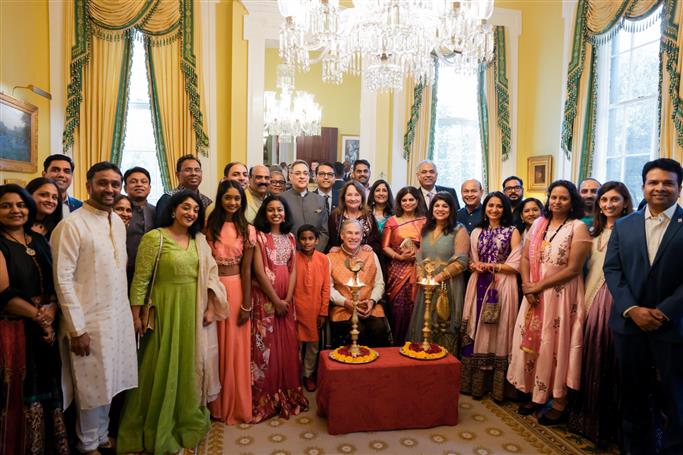The year 2010 is the beginning of a new decade, but more importantly, it is the year that U.S. residents are required to provide answers to the Census.
The Census Bureau collects the data of populations living in the nation, which usually occurs every decade, to study the growing diversity in our society. Here at AHS, it is the time to reflect on the vast diversity in our community.
While immigrants from hundreds of different regions enter the U.S. each year, the population of AHS is the best representation of how our country’s diversity is growing.
The Culture Census at AHS is a compilation taken in the beginning of the year based on the facts gained from the forms parents and students are required to fill out. The information compiled reminds the students of the vast diversity at school, but it also shows the students what the faces that fill the halls of AHS really represent.
Information compiled during the beginning of the school year states that 15 percent of the school is African-American, 29 percent is Caucasian, 22 percent is Asian, 30 percent is Hispanic and four percent of the students fall into the “Other” category.
Spanish teacher Debbie Estes attended AHS in the early ‘80’s, before the school became as diverse as it is now. She is teaching at AHS for her twenty-sixth year, and still remembers how ethnic diversity was deficient. “It has changed dramatically,” said Estes, “[Back then,] there was a lack of diversity.”
According to Estes, when she first came to the AHS, the population of minority students was remarkably low. Today, however, over 68 percent of the AHS student population is not of white descent. “It [diversity] gives the students more exposure to other cultures and people, and it makes people more understanding,” said Estes.
AHS opened in 1954, the same year as the historic Brown v. Board of Education Supreme Court ruling. Despite the fact that AHS was technically a desegregated school, the boundaries left the school population primarily white for a long time following the ruling. Since then, the racial population of the school has dramatically changed.
Recently, the students of AHS were polled about what kind of effect the diversity has on them. Over 50 percent of those polled said that the diversity had a positive effect on them.
“In my view, our diverse student body can only be viewed as positive. AHS is a snapshot of the future,” said Principal John Ponton. “Our rich cultural diversity fosters mutual respect, understanding, and international mindedness.”
Following close behind, 34 percent said the diversity had no effect on them at all. This proves that many students see the varied racial population as a normal facet in our school. On the flip side, 13 percent of those polled said that the diversity had a negative effect on them.
For many students, the representation of so many races at school is nothing new. In fact, the town of Annandale is a sign of the times and the growing ethnic diversity. Every shop window represents the different countries that are coming into the U.S., the world’s melting pot.
“Going from elementary to middle school to now high school, the diversity was never really a big shock because I’ve always been used to diversity. Which is a good thing, because it opens people’s eyes to different cultures,” said freshman Gunnar Thompson.
Although many schools in Northern Virginia are racially diverse, students that come from less racially diverse schools find it difficult adjusting to a place with a large population of different races.
“My elementary school was really white, then when I went to Poe [Middle School] it was a big shock,” said sophomore Rachel Qualley.
It is an adjustment for many, because AHS is one of the most diverse schools in the country. The student body represents over 70 nations around the world. “When I came here, it was an even bigger shock and it took awhile to become adjusted to it,” added Qualley.
Many students do not realize how rare a school like AHS is, which is why the Culture Census is important. It helps students appreciate the diversity at school and in the community. In fact, many schools in the U.S. still have stagnated racial representation. Just recently, the Walthall County School District in Mississippi has been featured in the news because of their schools’ lack of diversity. A federal judge ordered the county to stop gerrymandering boundaries to drive up the Caucasian population in the school districts. They also found the district guilty of putting children in elementary school classes by race, in hopes of keeping the Caucasian students together.
Today, everywhere you look around the school, you see the diversity that has made AHS the mixing bowl of Fairfax County. The 2010 Culture Census for AHS proves that the vast diversity at school is a trend that will continue to grow. It also is a reminder to the students, because a school as racially diverse as ours is still a rare jewel in a pile of stones. “Overall, I think our students are very polite, respectful, and caring of one another. I’m very proud to be associated with such good kids,” said Ponton.






